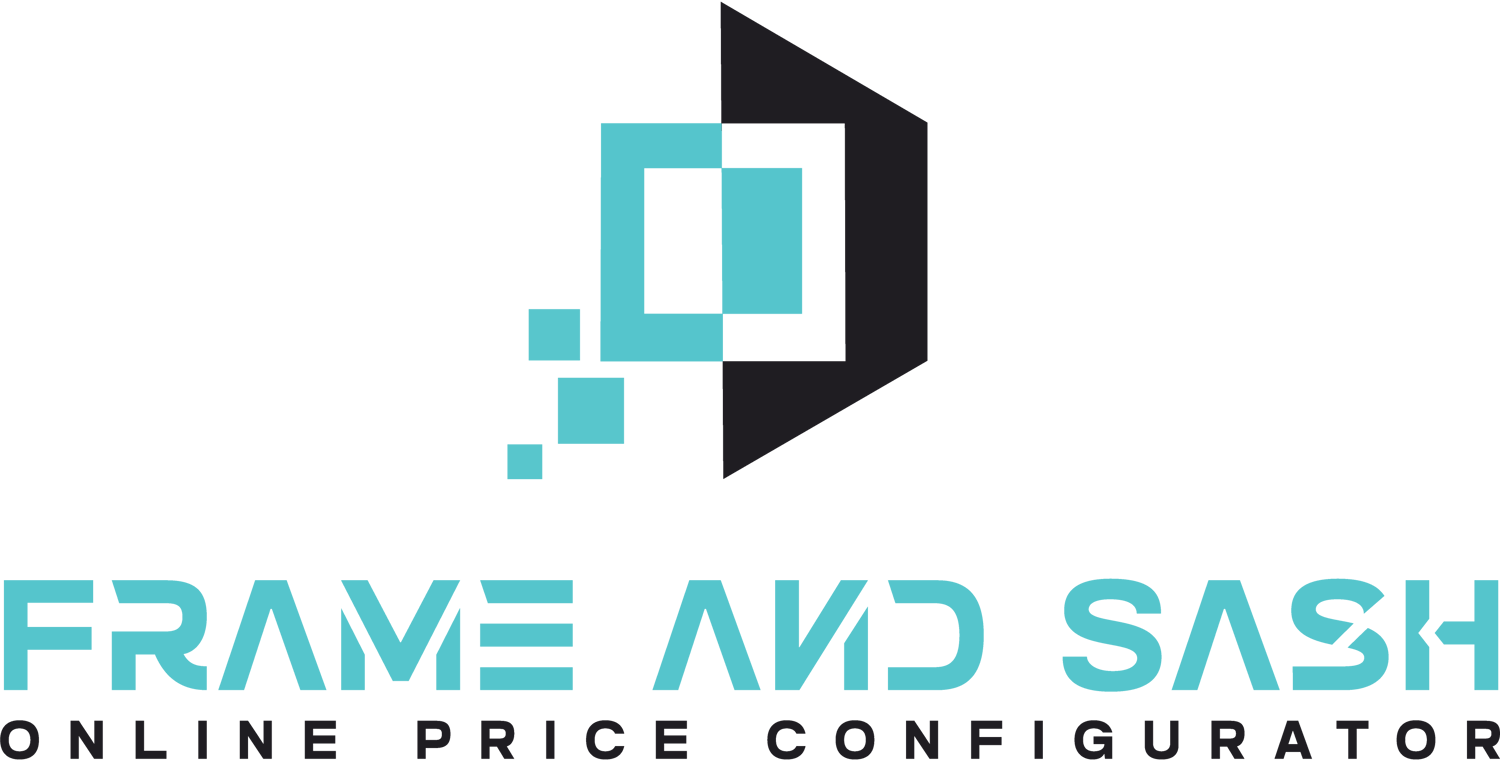Negotiation isn’t just for boardrooms—it’s a vital skill for selling windows and doors, too. By using proven frameworks and simple communication tricks, you can boost sales, improve marketing messages, and strengthen your brand. Here are the key takeaways and how to apply them in our industry.
⸻
1. Follow the I FORESAW IT Framework
Use these ten steps to guide every conversation:
1. Interests: Ask, “What matters most to you—energy savings, noise reduction, or design?”
2. Facts: Share hard data, for example U-values or test results on sound insulation.
3. Options: Offer different frame materials (PVC, wood, aluminium) and glass packages.
4. Rapport: Build trust by sharing a quick story—“When we replaced our own home windows, we cut bills by 30%.”
5. Empathy & Ethics: Acknowledge their concerns—“I see why noise is a big issue if you live near a busy street.”
6. Setting & Scheduling: Agree on a clear next step—“Let’s schedule a site visit for Monday at 10 a.m.”
7. Alternatives: Know your walk-away point—“If this design isn’t right, we have other styles.”
8. Who: Identify all decision-makers (homeowner, architect, builder).
9. Independent Criteria: Refer to industry standards (CE marking, RAL colours).
10. Targets: Define success—“Our goal today is to choose the perfect window profile and colour.”
⸻
2. Remember the 7–38–55 Rule
People judge you by:
• 7% words: what you say (“Our windows reduce your heating bill.”)
• 38% tone & face: your voice and expression (“You’ll feel the difference—trust me.” said with a warm smile)
• 55% body language: your posture and gestures (stand tall, mirror the client’s energy, maintain eye contact).
In a showroom, stand confidently next to a window sample. When explaining benefits, lean slightly forward and use open palms. This non-verbal match builds instant trust.
⸻
3. Use Anchoring to Shape Perception
First number wins.
– Set the premium price first: show your top-tier window with triple-glazing at €450/m².
– Then reveal the standard option: double-glazed at €320/m² suddenly looks like a great deal.
In marketing brochures, list your flagship “complete energy-saving package” before your basic range. Clients will compare everything to that first, higher price and see better value in mid-range offers.
⸻
4. Leverage the Phrase Toolbox
Choose your words carefully:
• Opening: “I want you to feel confident in this choice—please tell me if anything worries you.”
• Discovery: “What feature is most important—thermal comfort or style?”
• Sidestepping: “I can’t share that technical chart now, but here’s the certified standard we follow.”
• Closing: “I’m sure we’ve found the right solution for your home and budget.”
For example, after showing samples, ask:
“Does this profile colour match the look you’re going for?”
This turns a closed “yes/no” into a gentle check that moves the sale forward.
⸻
By combining a clear negotiation structure (I FORESAW IT), powerful non-verbal cues (7–38–55), smart anchoring and precise phrasing, you’ll sell more windows and doors with less effort. Each conversation becomes a well-orchestrated journey—one that leaves clients feeling heard, secure, and excited to invest in your brand.


